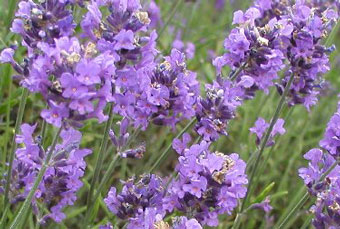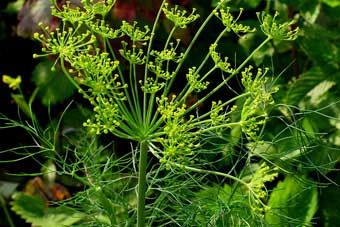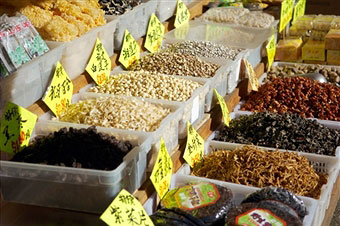Amla, known to the world as Indian Gooseberry, has been an indispensable ingredient of Indian holistic medicine like Ayurveda and Unani for thousands of years. The edible fruit, which is referred to as Phyllanthus Emblica (Emblica officinallis) in scientific world and amalaki, dhratiphala in Sanskrit, has not been properly studied or taken advantage of in the western world yet, although the Ayurvedic doctors have treated chronic conditions like diabetes, high cholesterol, indigestion and many more illnesses successfully with its use for ages.
Amla is a seasonal fruit, grown in the subcontinent of India, which amazingly possesses in it 5 of the six basic tastes detected by human tongue. Though at first it may appear sour, slowly savoring the fruit may give out sweet, pungent, astringent and bitter taste.
Health Benefits
 The fruit with great remedial qualities, has high content of vitamin C, as much as 20 times the vitamin contained in regular sized orange, along with highly potent antioxidant activity which is unmatched by any other herb. It is also rich in Calcium, Phosphorus, Vitamin B Complex, Iron, Carotene, Phosphorus, Calcium, Carbohydrates and Dietary Fiber.
The fruit with great remedial qualities, has high content of vitamin C, as much as 20 times the vitamin contained in regular sized orange, along with highly potent antioxidant activity which is unmatched by any other herb. It is also rich in Calcium, Phosphorus, Vitamin B Complex, Iron, Carotene, Phosphorus, Calcium, Carbohydrates and Dietary Fiber.
The Ayurvedic books have attributed lot of healing properties to Amla, though science is yet to conduct research and substantiate the claim. Amla:
- Lowers cholesterol and triglyceride levels
- Is a good coolant, balancing heat of the body
- Enhances digestion
- Relieves constipation as it is a natural mild laxative
- Helps in absorption of nutrients and vitamins
- Strengthens the liver
- Increases mental alertness
- Nurtures brain development
- Creates balance in stomach acids
- Removes toxins
- Improves fertility and vitality
- Excellent tonic for hair
- Improves skin making it radiant and clear
- Is good for eyes
- Improves muscle tone
Though the list of benefits seems lengthy, the fact is, Amla can do much more with its antibacterial, antispasmodic, antiviral, resistance building properties, when taken in appropriate quantities with other herbs.
Raw Fruit
Fresh Amla when consumed as a fruit in small amounts will have excellent overall health benefits.
Amla with Honey
A medium sized Amla eaten raw, followed by two teaspoons of honey is known to heal mouth ulcers effectively.
Amla for Cancer
Research is being conducted on the properties of Amla in reducing doses of chemotherapy as it has great potential to stop liver and lung cancer.
Amla Juice
4 tsp of dried Amla powder, boiled with 4 tsp of Myrobalans Chebulic and 4 tsp of Bahera in 20 oz of water makes an excellent Amla juice which is consumed on empty stomach in summer to beat the heat, clear bowels and for innumerable other health benefits.
Amla and Bitter Gourd
1 tablespoon of Amla extract mixed with half a cup of bitter gourd juice is excellent for digestion, liver, diabetes and age spots when consumed first thing in the morning.
Anti Diabetic
Fresh ¼ cup Amla or a 1 tsp of dried Amla powder mixed with 1 tsp of turmeric powder is a good anti diabetic medicine.
Amla Oil
Mix 2 tsp of dried Amla powder, 1 tsp of Fenugreek powder with 1 cup of coconut oil and heat it until the amla paste turns brown in color. Cool, strain and use this oil for benefit of eyes, healing night blindness, bilious giddiness, dandruff, grey hairs and hair fall.



